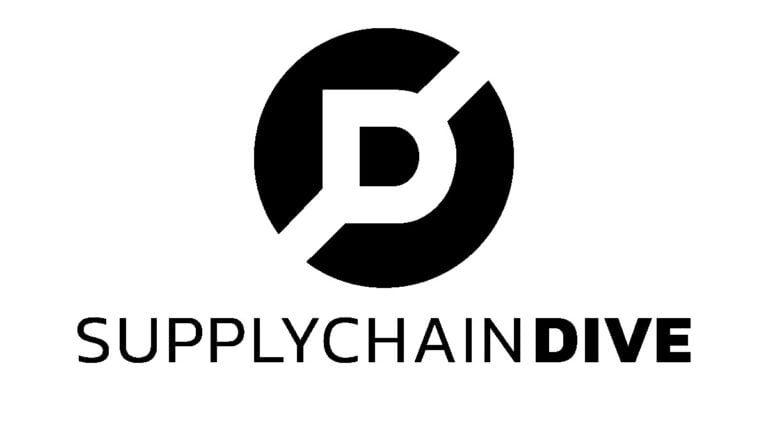Why Do Projects Succeed
Now that we know Why Projects Fail, let’s talk about the practical steps and behaviors Project Manager must adopt in order to deliver a project successfully.
The three root causes of project success are:
- LEAN CEO mindset
- Project Purpose and Dominant Strategy
- Aligned Team
LEAN CEO
In the knowledge economy, with continuously growing competition, accelerating product lifecycles, and shrinking lifespan of businesses, managing by project becomes the most effective and efficient way to manage almost any organization.
Mathematically speaking, in the limit, all businesses will become projects.
On the other hand, every project today may be treated as a time- and budget-constrained business venture, quite often like a lean start-up, with the PM acting as a de-facto CEO – a LEAN CEO.
If you want to deliver your project with flying colors, accept and embrace this new role: become the business owner, founder and CEO of your project.
Taking more ownership means accepting more responsibility, and with it come additional personal risk. But in real life, risk and reward are strongly correlated, so the more responsibility you take on, the more success you are likely to achieve.
PURPOSE and DOMINANT STRATEGY
Even with the new CEO hat firmly on your head, your success is not guaranteed unless your team is engaged and wants to succeed as much as you do. And there’s no team more engaged and efficient than a team of volunteers.
To become efficient, your team needs to have “the Why” to work for: your project needs a clear, meaningful and engaging Purpose.
Traditional project management, while often complaining that the role of PMs is underestimated, remains entrenched in tangible deliverables, paying lip service to what has become important over the last decades: the “soft stuff.” The PMBoK elaborates on project goals, objectives, etc. – but never suggests to define the true Purpose of investing resources into the project. It does mention a document called “Project vision statement” – another document they expect PMs to generate. Thanks but No: project Purpose must be concise and meaningful in order to be engaging, not another verbose document with checkboxes.
To get the gist of it, consider this old fable:
A traveler passes a construction site and sees three men working. He asks the first man what he is doing and gets a reply: “I am laying bricks.” The second says: “I am building a wall.” Finally, the third man answers: “I am building a cathedral!..”
Do you have any doubts as to which of the stonemasons was the most productive?
Another canonic example that should help you get on the right wavelength is about John Kennedy visiting NASA in 1962:
During the tour of the NASA facility, JFK met a janitor and asked what was his role at NASA. The janitor replied, “I’m helping put a man on the moon.”
I cannot say if NASA is an efficient organization, but they certainly knew how to keep their people motivated. Not a surprise that NASA’s Glassdoor rating is 4.6!
As Lean CEO, you have a great impact on your team’s performance. Use it appropriately: work with the Sponsor to come up with the Purpose that will motivate your team.
Hand in hand with the Purpose goes the Dominant Strategy. Note that your role as PM is not to select or defend the Purpose and the Strategy but to clarify them for your project and ensure that your understanding matches that of your Sponsor. Then you share the Purpose and the Strategy with your team.
Most likely, your project will follow one of these three basic strategies (similar to the Project Triangle):
- Cost strategy: generate or increase profit
- Technology: proof of concept, testing functionality
- Competitive: unseat competition, improve market share
Again, like in the case of Purpose, the PMBoK mentions procurement strategy, engagement strategy, risk response strategy – but not Project Strategy. Too bad: this is something that every member of your team must internalize and abide by throughout the project in order to ensure its success. Depending on the dominant strategy, project tactical, daily activities may change, but they will become more logical and effective.
Clarity of the Purpose and Strategy is the key to project success.
If the Purpose is meaningless to you, or if you are told that your project strategy is to achieve “everything!”, i.e. “focus on all three,” you will never get the team’s buy-in, and that’s a very big red flag. However, in such a case, it is better to have NO purpose and NO dominant strategy.
Unfortunately, having no clear purpose and strategy is a common situation for many – mostly failed – projects. Still, this situation is better than having a deceitful Purpose and Strategy that the team will resent if not sabotage.
Another – less canonic but real – example. An owner of a high-tech company, while rallying his team under the slogan “We make the world communicate!” admitted to me right away that his sole goal is “of course, to make money and exit as soon as possible.” No wonder, even his executive team could not remember their lofty Purpose, while the frontline was extremely disengaged and inefficient.
ALIGNED PROJECT TEAM
In the knowledge economy, when knowledge has become one of the key production factors, the individual alignment of employees with their environment becomes critical. Aligned – or cohesive – teams are incredibly productive and creative while misaligned teams, while being on the same level of technical knowledge, can be completely dysfunctional.
Even if you have a good and honest Purpose and a realistic strategy, your team may find them foreign. To be engaging, the Purpose must resonate with the team’s personal values. This is what makes or breaks the team members’ engagement, and this is where the focus of you as Lean CEO must be.
One way to assess your team’s alignment is to run a cultural survey. With my clients, I use the Q7 Culture Compass developed by Collectiver. The Q7 tool is based on well-established theories and research data, and is very easy to use. The output of the one-minute survey is a values map that gives a visual representation of your team’s alignment, both internal (within the team) and external (with other teams and with the overall organizational culture and values) as well as a numerical value (%%) of the alignment.
In real life, however, you may often get a project with people already assigned based on their availability and technical background. Although you do not have the authority to replace or remove team members, you can still identify your core team and weed out or isolate the misfits.
If you already have a team that happens to be just a group of random people, statistically your chances to succeed are not high.
Experience shows that a group of people (can’t call them a team) selected explicitly for “diversity” has the lowest chance of success. This misalignment results in a bad project (or corporate) culture – the cornerstone of poor organizational performance. Unless, of course, you are running a zoological garden.
BONUS: A LITMUS TEST for YOUR PROJECT
But don’t give up: if you do not have access to the Q7 or other team assessment tools, there is a simple way to improve your chances to succeed.
Ask your people, “Do you want to be on this project?” By including an element of free will into the prospect of teaming up with you, you turn your project into a volunteering endeavor – and no team is more engaged than a team of volunteers.
An additional benefit to that: If you discover that nobody wants to join you, that’s a red flag. Then, being a conscientious professional, you should better kill this project – or find another job. Or both.
This may not seem like an achievement, but demonstrating integrity in the workplace is a harbinger of long-term success.
See related article; Why Transformation Projects Fail
Originally published on Collectiver.com on December 21, 2022.
About the Author
Sergei Brovkin is the founder of Collectiver Incorporated, a consultancy that helps businesses and aspiring business leaders to reach their potential and achieve immediate and lasting performance improvement.
He earned his MScEng in Control Systems and Automatics at the Saint Petersburg State Marine Technical University and his MBA in Strategic Management at McGill University.









